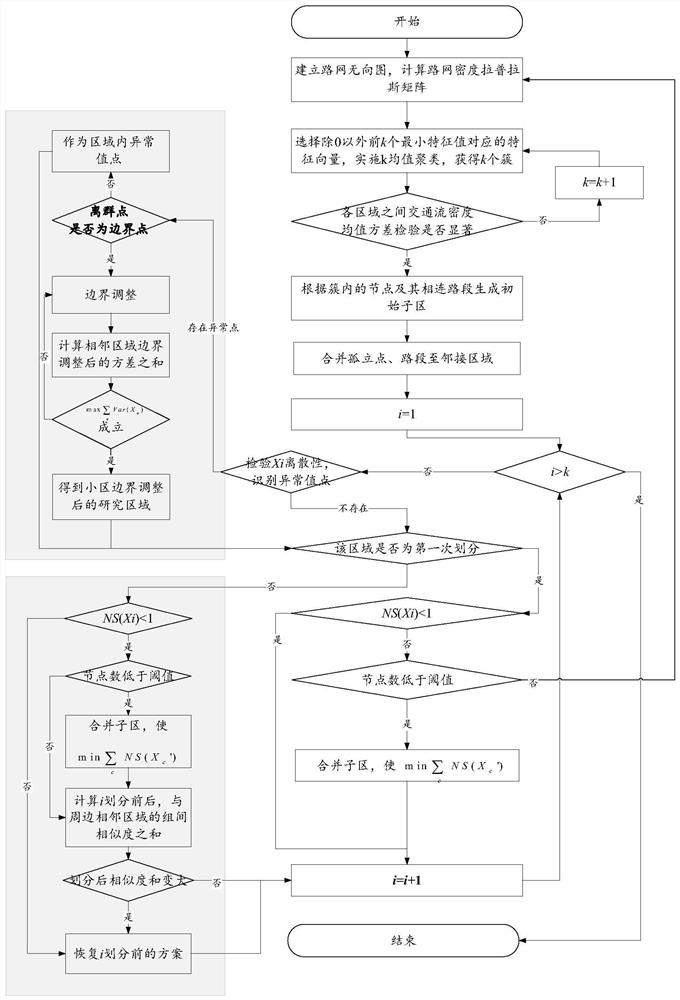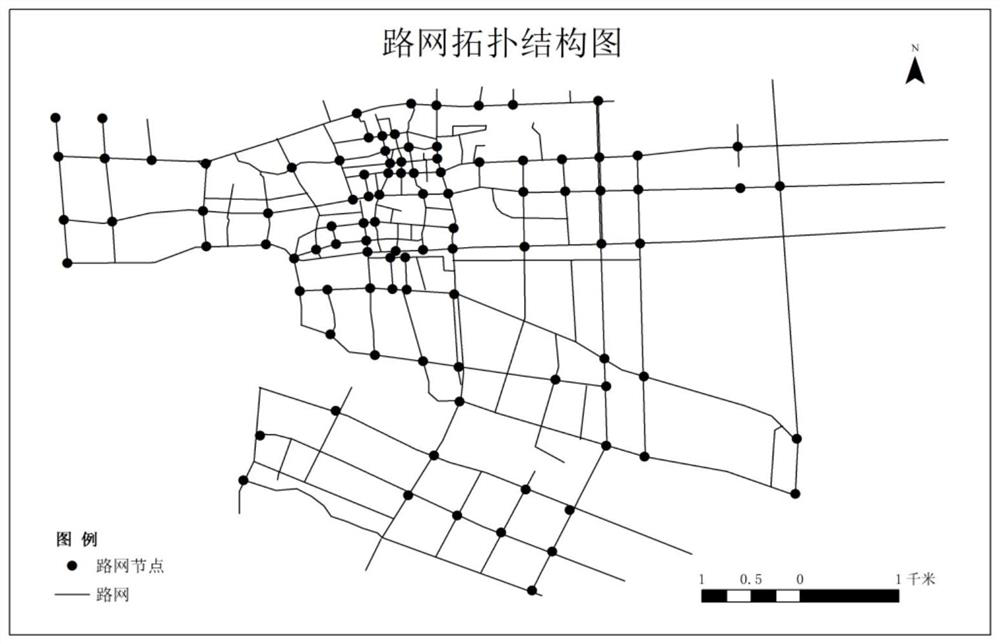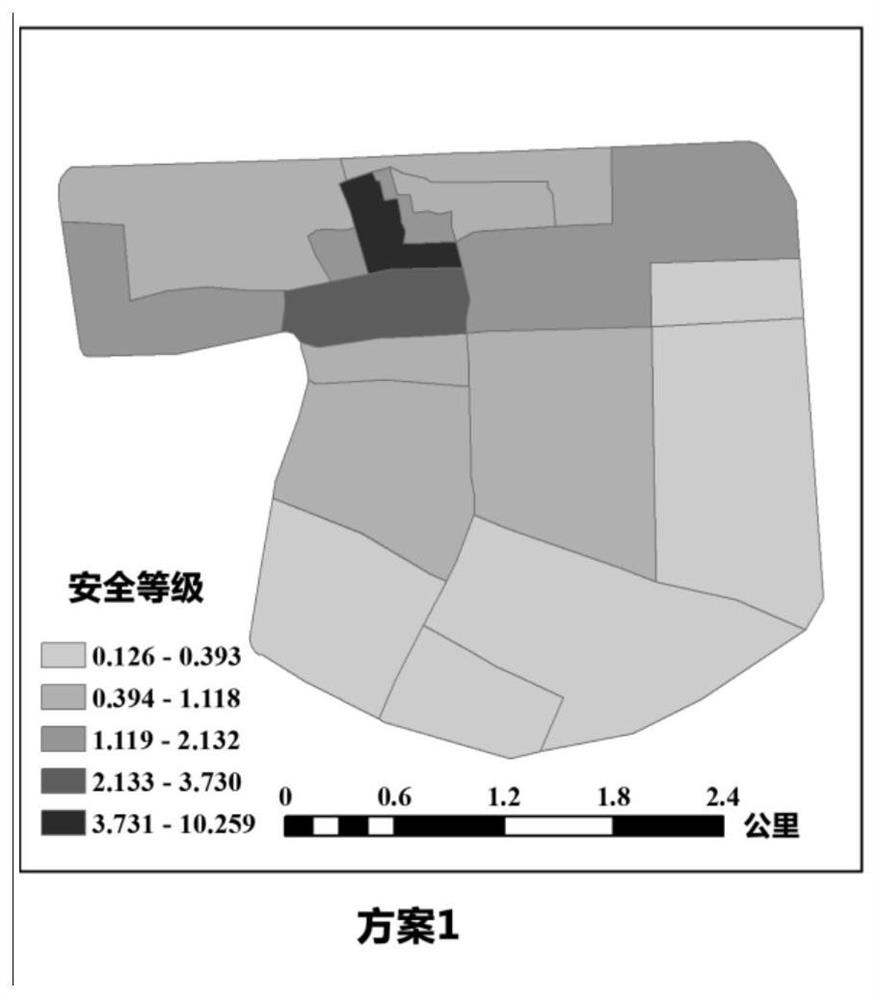Subdivision method of urban road traffic based on spectral clustering
A spectral clustering and traffic sub-technology, which is applied in the traffic control system of road vehicles, traffic flow detection, traffic control system, etc., can solve problems such as instability, low calculation efficiency, and large differences in similarity sub-intervals, achieving Stable acquisition, reduced iterative process, and guaranteed feature similarity effects
- Summary
- Abstract
- Description
- Claims
- Application Information
AI Technical Summary
Problems solved by technology
Method used
Image
Examples
Embodiment
[0030] A method for dividing urban road traffic subregions based on spectral clustering, comprising the following steps:
[0031] S1. Based on the topological structure of road network intersections and road sections and the traffic characteristic data of each node, establish a road network undirected graph G=(V, E), and calculate the road network density Laplacian matrix L.
[0032] S2. Calculate the first k smallest eigenvalues and eigenvectors of the Laplacian matrix L except 0, where the initial value of k is 2; construct clusters according to the eigenvectors v1,...,vk corresponding to the k eigenvalues Basic matrix H=[v1,...,vk], implement K-means clustering algorithm on the row vectors of matrix H, and obtain k clusters;
[0033] Use the variance analysis test method to test the traffic feature correlation degree X in k groups, the test level is usually 0.05, if there is a significant difference, go to step S3; otherwise, k=k+1, repeat step S2.
[0034] S3. The initi...
PUM
 Login to View More
Login to View More Abstract
Description
Claims
Application Information
 Login to View More
Login to View More - R&D
- Intellectual Property
- Life Sciences
- Materials
- Tech Scout
- Unparalleled Data Quality
- Higher Quality Content
- 60% Fewer Hallucinations
Browse by: Latest US Patents, China's latest patents, Technical Efficacy Thesaurus, Application Domain, Technology Topic, Popular Technical Reports.
© 2025 PatSnap. All rights reserved.Legal|Privacy policy|Modern Slavery Act Transparency Statement|Sitemap|About US| Contact US: help@patsnap.com



